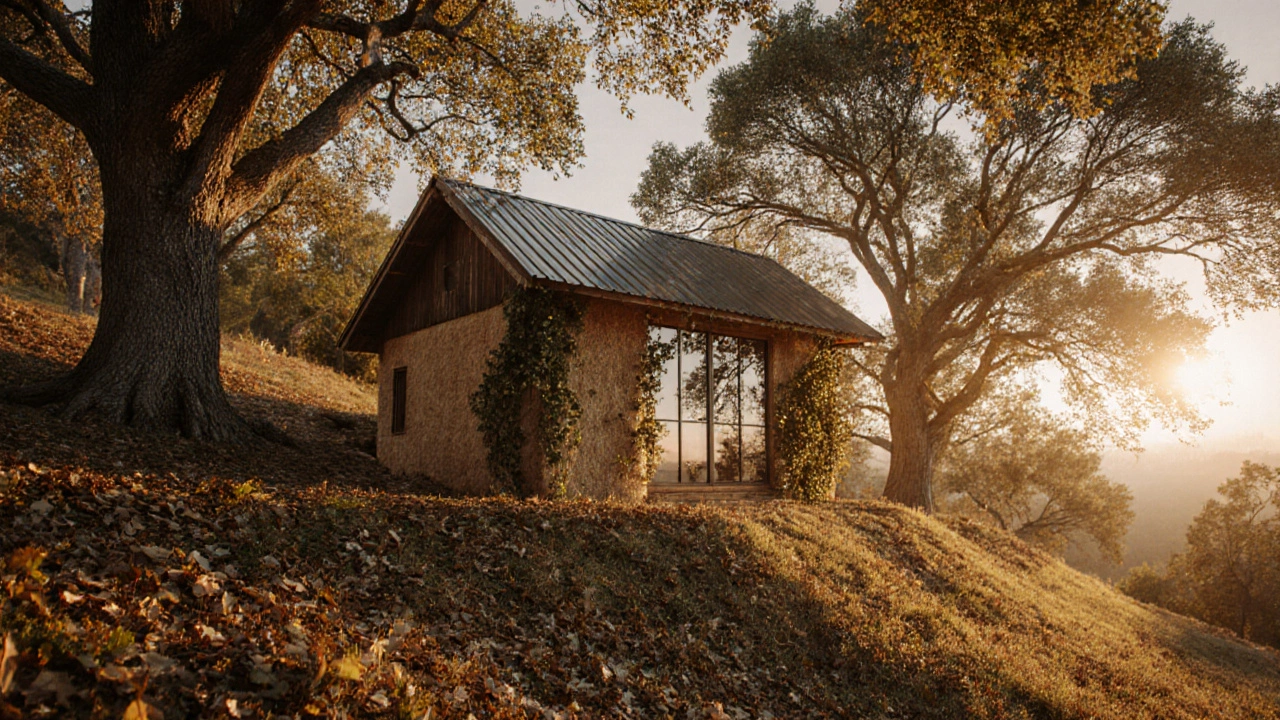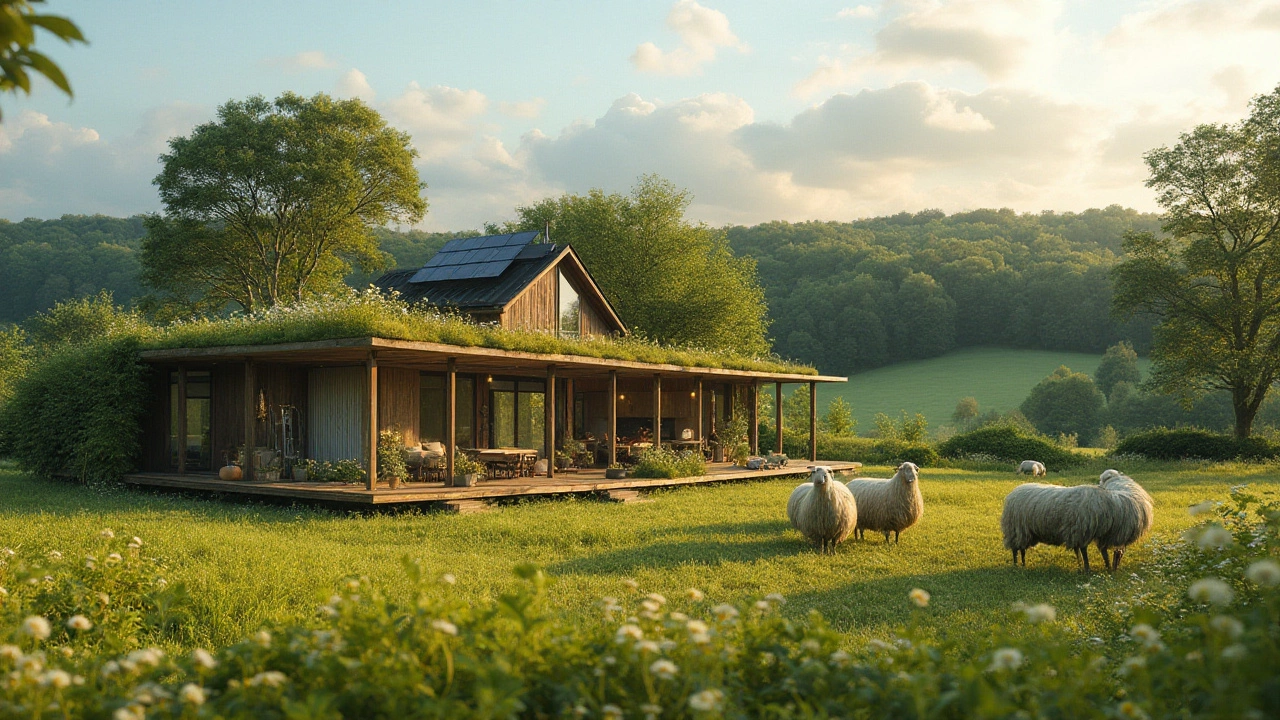Sustainable Building for Charming UK Cottages
If you love a cosy cottage break but worry about the planet, you’re not alone. Most holiday‑let owners are looking for ways to cut waste, save money, and keep the countryside beautiful. The good news? You don’t need a massive budget or a construction degree to start. Small changes add up fast and make your cottage a lot more attractive to eco‑savvy guests.
Why sustainability matters for cottage getaways
Travelers today ask for green options as often as they ask for a good view. A cottage that uses renewable energy or has low‑flow showers feels modern, not old‑fashioned. Plus, greener homes usually have lower running costs – a win‑win for owners and guests. Think of it as protecting the very landscape that draws people to the UK in the first place.
Practical ways to make a cottage eco‑friendly
Boost insulation. Drafty walls and lofts are the biggest energy drain. Adding eco‑friendly loft insulation made from recycled glass or sheep’s wool can cut heating bills by up to 30 %. It’s a quick DIY job that pays off year after year.
Upgrade windows. Double‑glazed uPVC or timber frames keep heat in during winter and stop it escaping in summer. If you love the original sash look, there are retrofit kits that preserve style while improving performance.
Go solar. A modest roof‑mounted solar panel array can power lights, a water heater, or even a small electric boost for the whole cottage. The UK government offers the Smart Export Guarantee, so you earn a little back for any surplus electricity you feed into the grid.
Save water. Install low‑flow taps, aerated showerheads, and dual‑flush toilets. Guests notice the difference but still enjoy a strong shower. A simple rainwater harvesting system can also feed garden irrigation, cutting mains water use.
Choose sustainable materials. When you need to replace flooring or cabinetry, look for reclaimed timber, bamboo, or cork. These options are durable, stylish, and have a much lower carbon footprint than new oak.
Mind the garden. Plant native hedges and wildflowers to attract pollinators and reduce the need for fertilizers. A small compost heap turns kitchen waste into rich soil for veggies, and it adds a genuine countryside feel.
Don’t forget the little things: LED lighting, smart thermostats, and energy‑efficient appliances all shave off extra kilowatts. They’re inexpensive upgrades that make the cottage look up‑to‑date without breaking the bank.
Finally, check local grants and tax relief schemes. Many councils offer subsidies for renewable energy installations or energy‑saving renovations. A quick phone call can uncover funding that covers a big chunk of the initial cost.
By tackling these steps one at a time, you’ll transform your cottage into a sustainable retreat that guests love and that helps preserve the beautiful UK countryside for years to come.
How to Build an Eco-Friendly Cottage: Practical Steps for Sustainable Living
Learn how to build an eco-friendly cottage using natural materials, passive design, and off-grid systems that cut costs and protect the environment. Practical steps for sustainable living.
- Nov, 6 2025
- 0 Comments
Navigating the Challenges of Building Eco-Friendly Cottages
Building an eco-friendly home can seem daunting with various challenges to navigate including high initial costs, finding sustainable materials, ensuring energy efficiency, and compliance with local regulations. Identifying suitable resources and integrating renewable energy solutions are key steps. Understanding the potential limitations helps in making informed decisions and fosters a creative approach to overcoming obstacles for a sustainable and harmonious home environment.
- Jan, 28 2025
- 0 Comments
Affordable Eco-Friendly Homes: Building Your Dream Cottage
Building an eco-friendly cottage is not only a sustainable choice but also a cost-effective one. With advancements in green technology and sustainable design, constructing your dream home can be both affordable and environmentally friendly. This article explores the most affordable types of eco-friendly homes you can build, offering insights into materials, design, and construction techniques that keep costs low while reducing environmental impact.
- Dec, 3 2024
- 0 Comments


